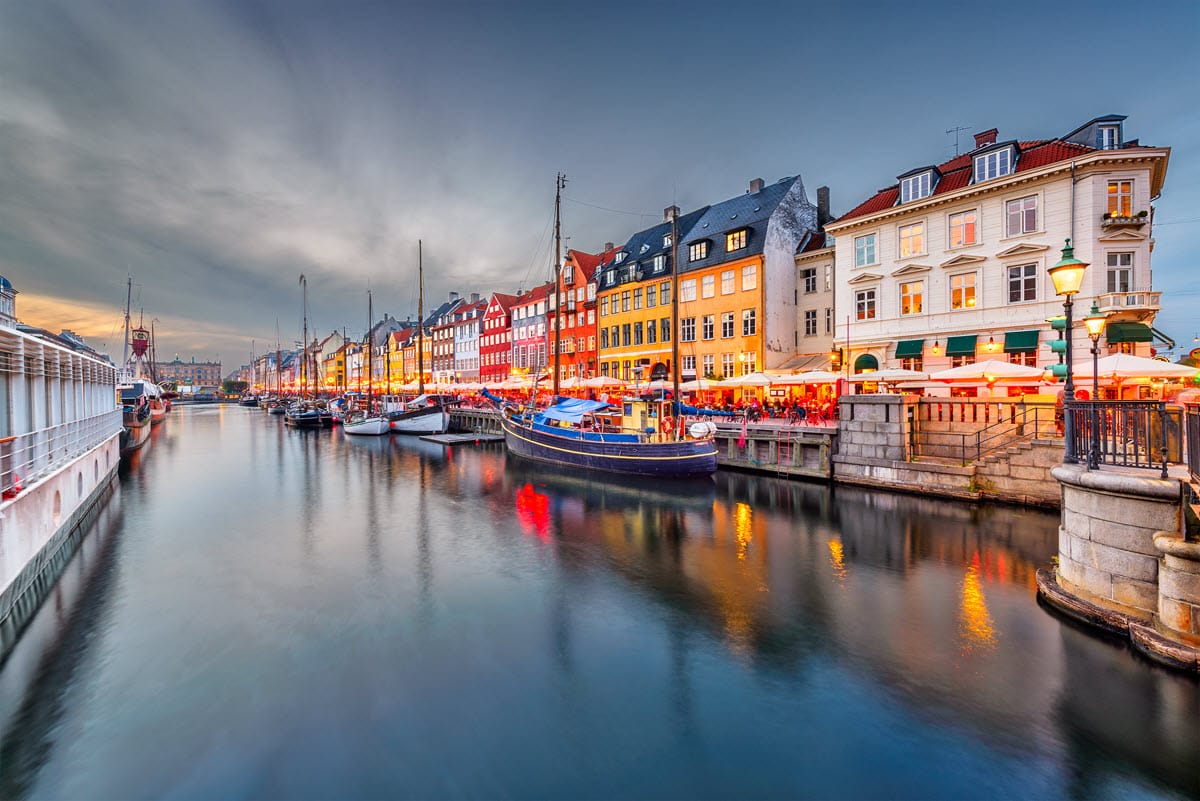Denmark is a country in northern Europe and one of the three Scandinavian countries. It consists of the Jutland Peninsula and more than 400 islands in the North Sea. It shares a border with Germany to the south and has a population of approximately 5,5 million.
Denmark is known for being one of the happiest countries in the world thanks to its progressive strong welfare state policies. It’s also known for being home to the oldest monarchy in Europe, LEGO, beautiful castles, and renowned writer Hans Christian Andersen.
Tivoli Gardens
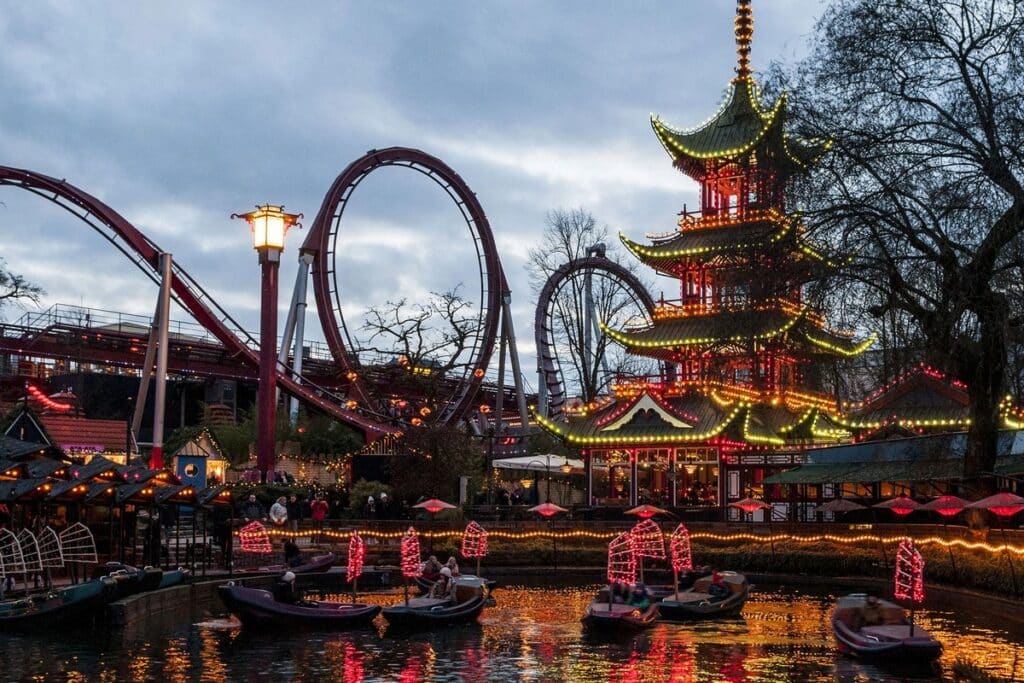
Tivoli Gardens in Copenhagen opened in 1843, making it the world’s second-oldest amusement park in the world. It’s also the most visited amusement park in Scandinavia with a huge variety of attractions, gardens, food pavilions, and cafes.
It’s said that Tivoli was the inspiration for the Disney theme parks. Tivoli itself has appeared in many movies and has become somewhat of a symbol of the city. Locals also flock here in summer to see the free rock concerts being staged there.
Copenhagen’s New Harbour
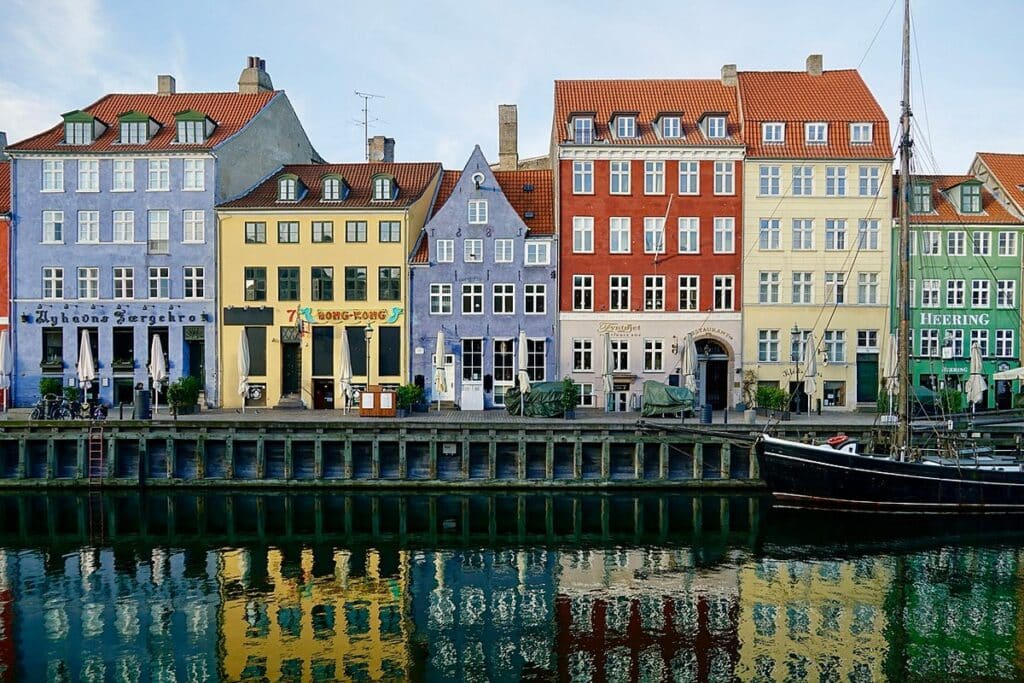
Also known as Nyhavn in Danish, this area is the quintessential image of the city that you’ll find on postcards. It’s the perfect place to stroll, enjoy a drink or a bite to eat, and capture the most iconic view of the city.
The area used to be down-trodden docklands, but thankfully it has been transformed with its multi-colored houses and some of the ships being turned repurposed into museums, for example.
From here, you can travel to Sweden or just enjoy a relaxing harbor cruise.
Legoland Billund
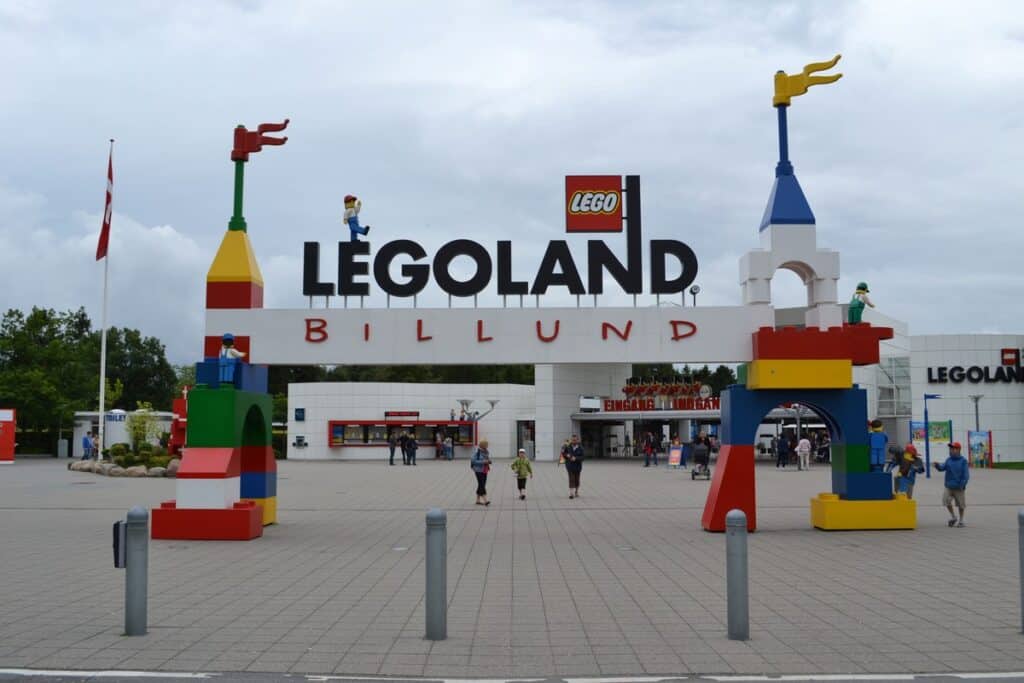
Denmark is the birthplace of LEGO, and today you can visit the LEGO House in Billund: the spot where the LEGO brick was born. It’s not only for kids but rather an attraction that the entire family will enjoy.
There are some admission-free areas if you are short on time or traveling on a budget. However, if you want to go for the whole experience, there are a range of unexpected attractions and rides that will entertain visitors of all ages. You can go on a rollercoaster or even go on a canoe trip where you’ll encounter wild animals made out of LEGO.
National Museum of Denmark (Nationalmuseet), Copenhagen
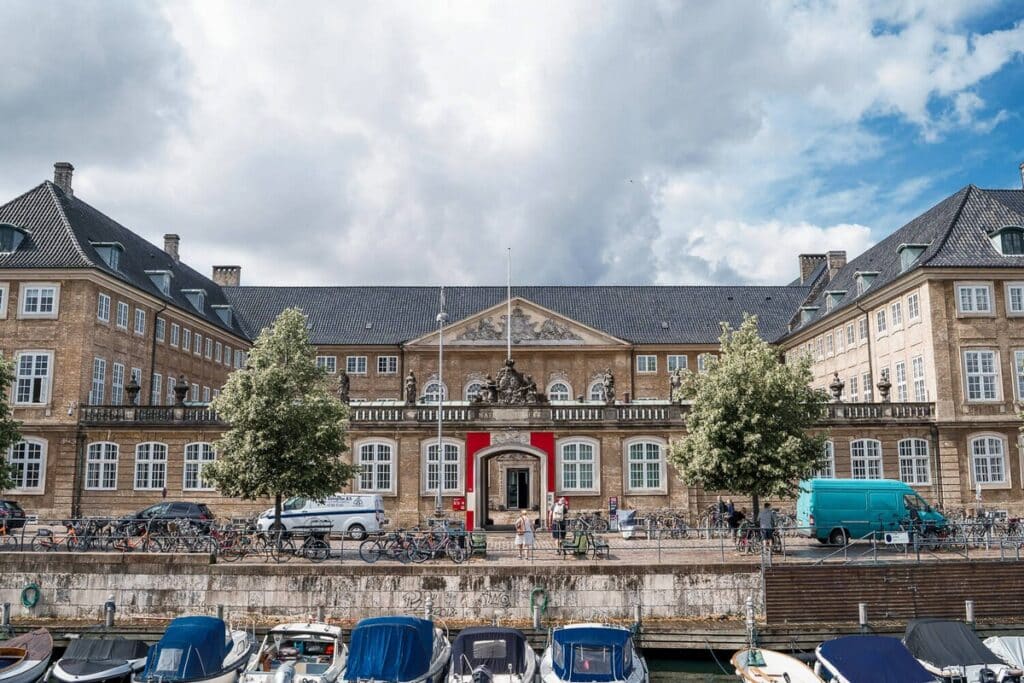
The National Museum offers visitors not only a peek into Danish history, but it also has fantastic ethnographic exhibitions with items from Greenland, Asia, Africa, and more. One of the museum’s highlights is a 2000-year-old sun chariot.
The museum is very child friendly with special activities for them at the Children’s Museum. Here they can explore a Viking ship or dress up in a period costume.
Denmark’s Largest Climbing Park and Treetop
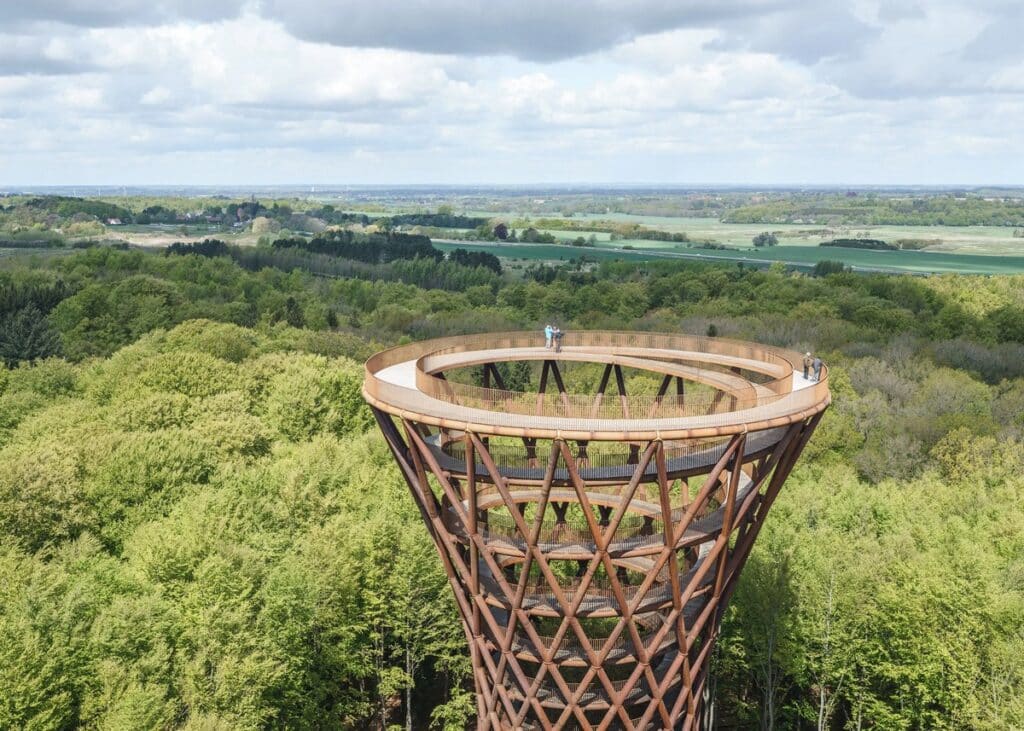
If you are looking for something different from visiting the usual historical sights, check out Denmark’s largest climbing park. Here you can swing between trees via obstacles or ropeways.
If that sounds like a bit too much adrenaline, then opt for climbing the beautiful forest tower, also called Skovtårnet. This tower takes visitors to new heights with a 900 m (2952,76 ft)long boardwalk and 45 m (147 ft) tall tower centerpiece. As you climb up higher, you are treated with incredible 360° views of the hilly Zealand area.
Christiansborg Palace, Copenhagen
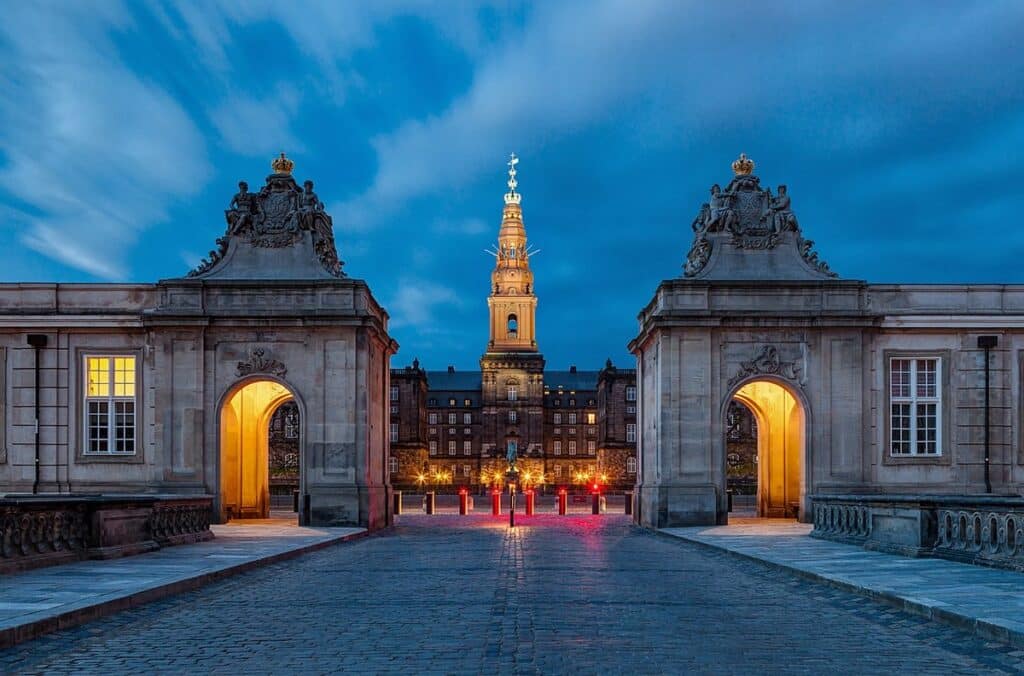
Christiansborg Palace is both a palace and government building located on the islet of Slotsholmen in central Copenhagen. It functions as the Danish Prime Minister’s Office, it’s the seat of parliament, and it houses the country’s Supreme Court.
This beautiful building is open for visitors so you can get a glimpse of the 800 years of history that have taken place between these walls. However, don’t miss out on visiting The Great Hall. This is the spot where you’ll find the Queen’s beautiful tapestries.
Amalienborg Palace, Copenhagen
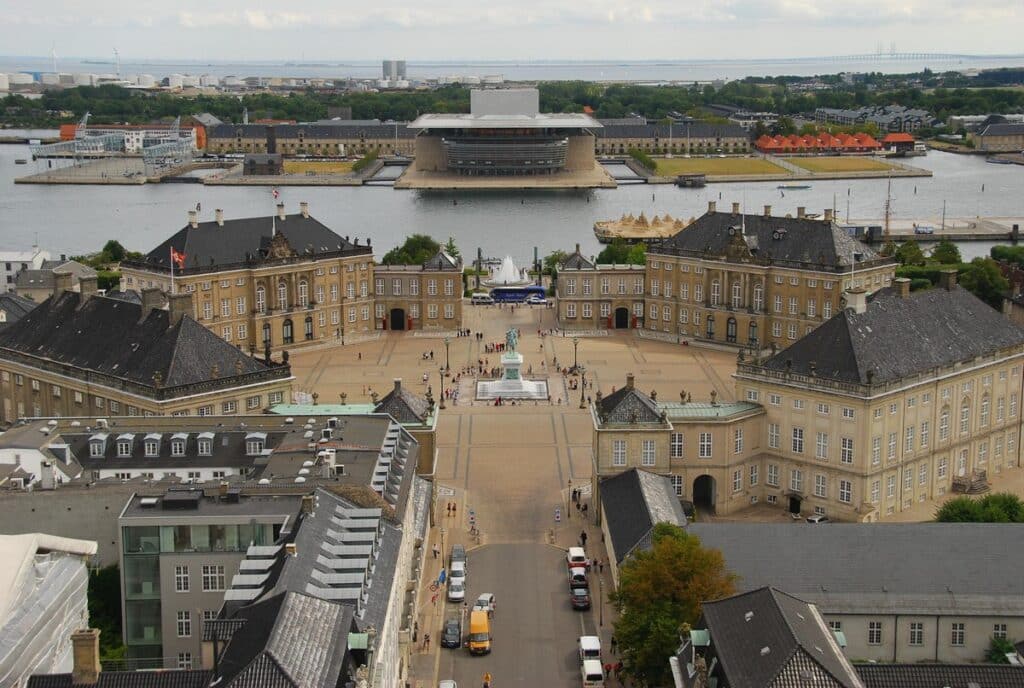
Amalienborg Palace in the heart of Copenhagen is the seat of the Danish royal family.
One of the main attractions of the palace is the changing of the Royal Guard. Every day at noon, the guards march from their barracks by Rosenborg Castle through the city’s streets to Amalienborg. The march is accompanied by music and attracts spectators on a daily basis.
In one of the buildings that make out of the palace, you’ll find the Amalienborg Museum. The museum offers visitors access to the private interiors of the most recent kings and queens, as well as an exhibit on the monarchy today along with its traditions.
The Disappearing Rubjerg Knude
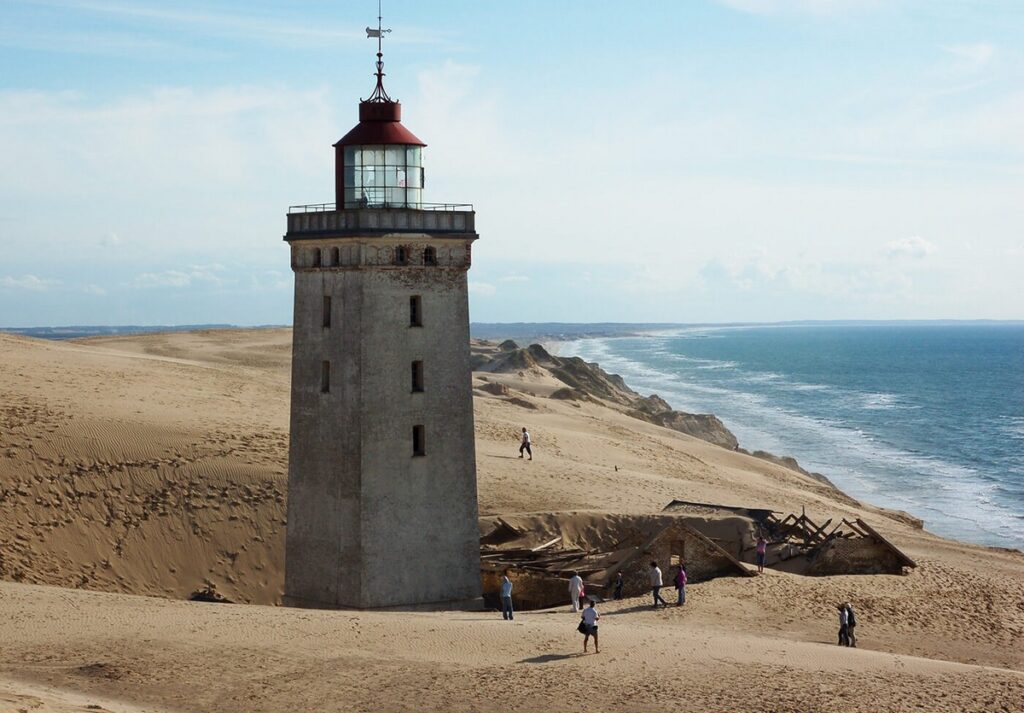
If you want to get away from the city for a bit, head to the abandoned lighthouse of Rubjerg Knude. The lighthouse was built in 1900 near the town of Lønstrup but was decommissioned in 1968. However, the lighthouse is unique because it’s slowly disappearing under the sand thanks to coastal erosion and shifting sands.
While locals have resigned themselves to the fact that the structure will eventually be buried beneath the sand, a plan was made to move the building further inland. Eventually, in 2019, the lighthouse was moved further inland using rails. This will extend its life by an additional 40 years.
Frederiksborg Palace and the Museum of National History, Copenhagen
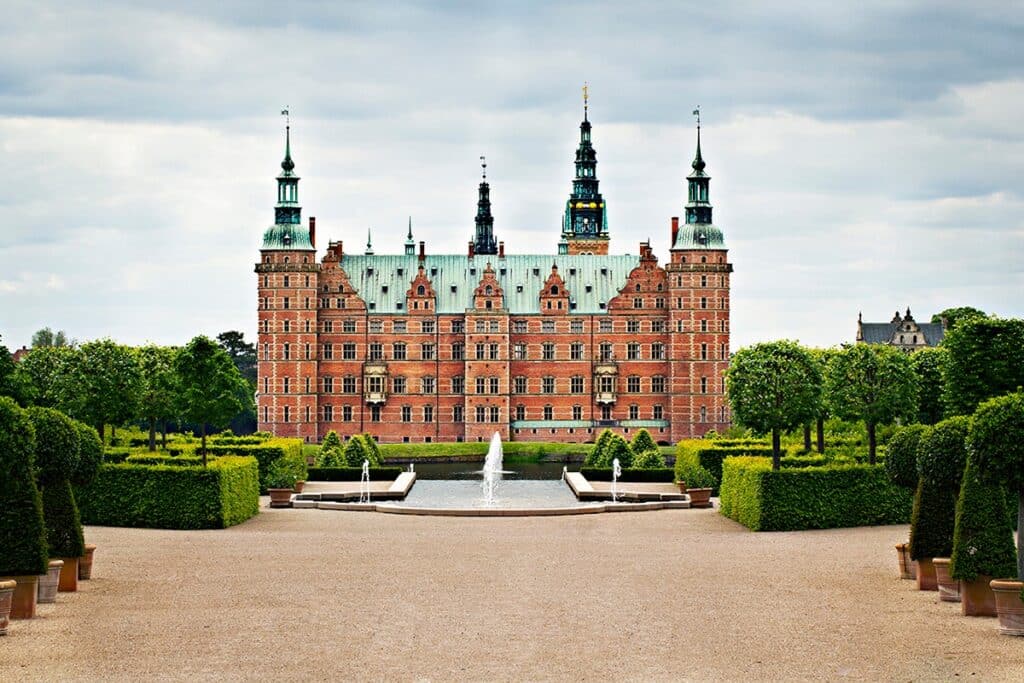
King Christian IV built this beautiful Renaissance Palace in the early 17th century. Up until 1878, it was home to Denmark’s Museum of National History. However, today the focus is on artwork that pays homage to Denmark’s history.
When visiting the museum, you can also explore the castle interior and castle gardens. Some of the highlights include a stunning relief depicting Mars and Venus and the Neptune Fountain.
The Round Tower (Rundetårn), Copenhagen
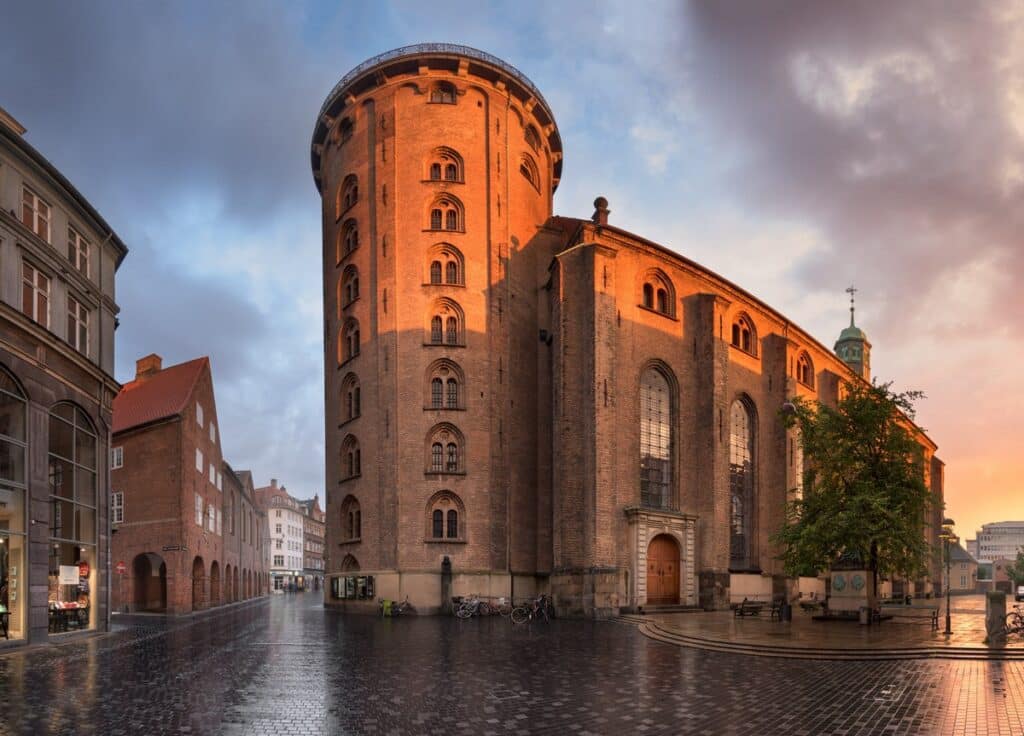
Christian IV built the round tower as an observatory in the early 17th century. It was built during a time that the country was renowned for its astronomical achievements, thanks to the astronomer Tycho Brahe. When Tycho passed away in 1601, the King built the tower as a way to continue the astronomer’s research.
Today amateur astronomers still frequent the round tower making it the oldest functioning observatory on the continent. It’s easy to visit the 36 meters (118 ft) high tower, where you’ll be rewarded with incredible views of Copenhagen.
Den Gamle By, Aarhus
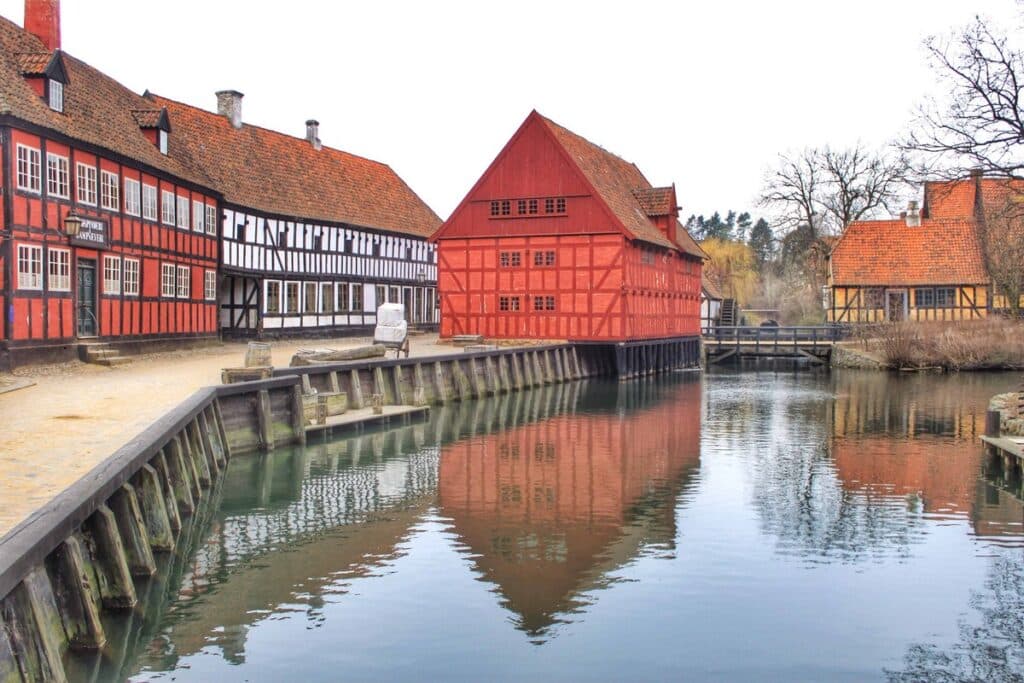
If you want to really understand the country’s history, there is no better place than visiting the living history museum, Gen Gamle By. The museum provides an authentic recreation of three eras in Danish history. You’ll travel back in time to the 1020s, the mid-19th century, and 1974.
A neighborhood represents each era, and everything from the roads to the architecture to costumed interpreters is curated to illustrate how life looked at that time.
The facility also hosts a number of other museums, including the Toy Museum and the Gallery of Decorative Arts.
Hans Christian Andersen Museum, Odense
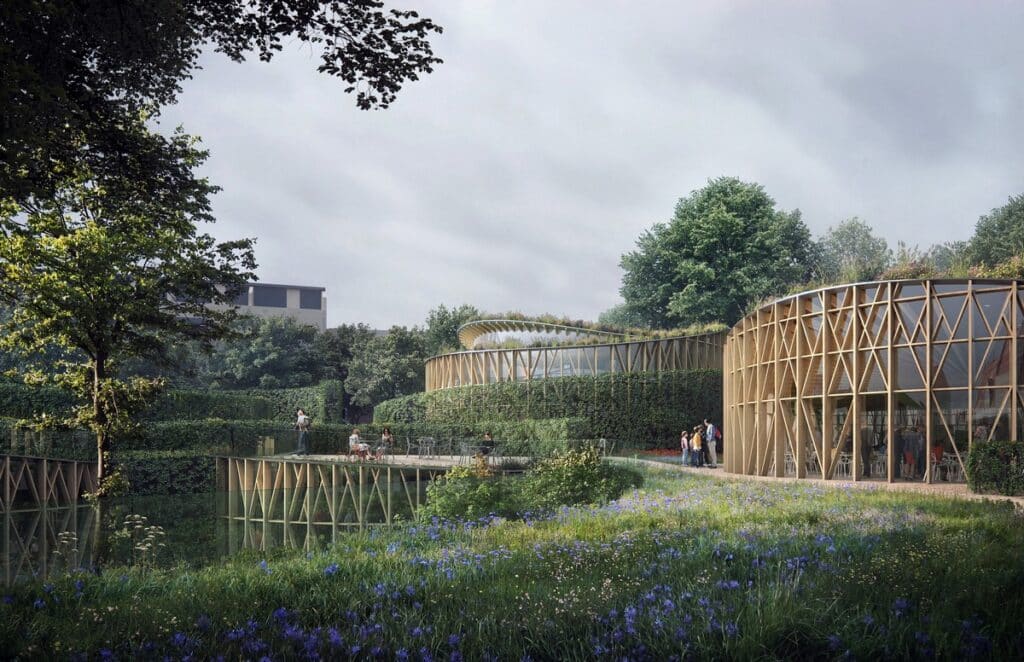
Hans Christian is one of Denmark’s most famous sons. He is the brain behind so many of the fairy tales we know today. You can now go visit a museum that opened in 1908 that’s completely dedicated to the renowned writer’s life and work.
You’ll also find Hans Christian Andersen’s childhood home (Andersen’s Barndomshjem) close to the museum. His home also forms part of the museum, and it’s open to visitors.
Kronborg Slot, Helsingør
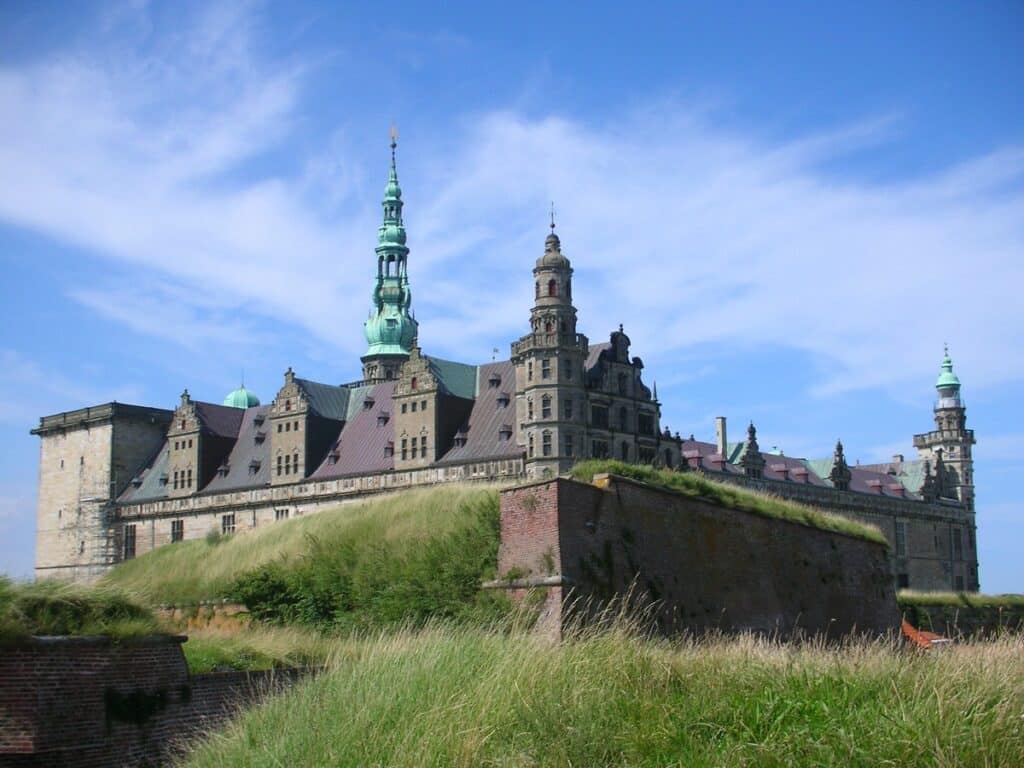
You might already have heard about this castle without knowing it, as Kronborg Slot is actually the setting of Shakespeare’s Hamlet. The present structure dates back to 1640, but several other fortresses were built here before. Therefore the history of the castle can be traced back to 1420.
Ships passing into the Baltic Sea paid tolls at Kronborg Castle. This made Helsingør one of the most important towns in Europe once upon a time. In 2000, Kronborg Castle became a UNESCO World Heritage Site.
When you visit, there are 3 different tours on offer. Some of which are free when you’ve paid for entrance to the castle.
The Little Mermaid
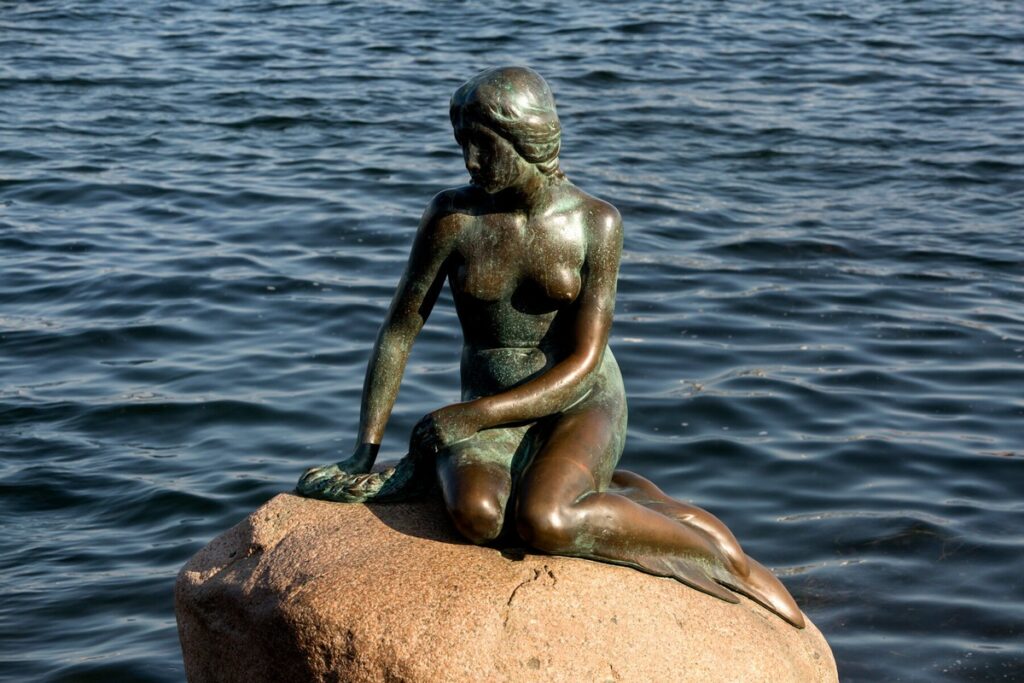
Seeing the Little Mermaid is one of the top attractions when visiting the capital. For those that don’t know the story of the Little Mermaid, it’s a famous fairy tale by Hans Christian Andersen that was turned into a movie.
It tells the story of a mermaid who fell in love with a prince but had to return to the sea when he didn’t reciprocate. Edvard Eriksen created the bronze structure you can see today in 1913.
While you will not be able to get up close to the mermaid, there are plenty of perfect spots to pose near the statue.
The Freetown of Christiania
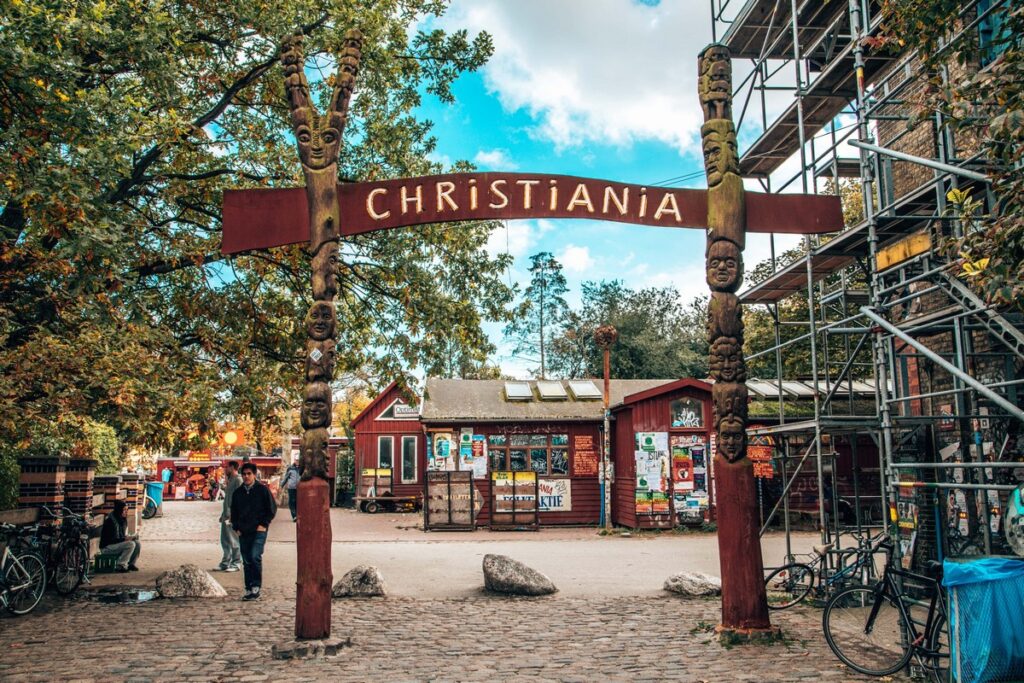
Christiania is probably Copenhagen’s most unique attraction. It started out as a hippy settlement over 4 decades ago, and today, this “Freetown” attractions millions of tourists.
While the area started as a social experiment, it’s now wholly owned by the residents. It’s a place where many of the typical norms don’t apply, and Christiania also has its own currency. Bikes instead of cars are the primary mode of transport, and houses are handmade.
While it might not be to everyone’s taste, it’s well worth a visit!
Go Skiing in Copenhagen – CopenHill
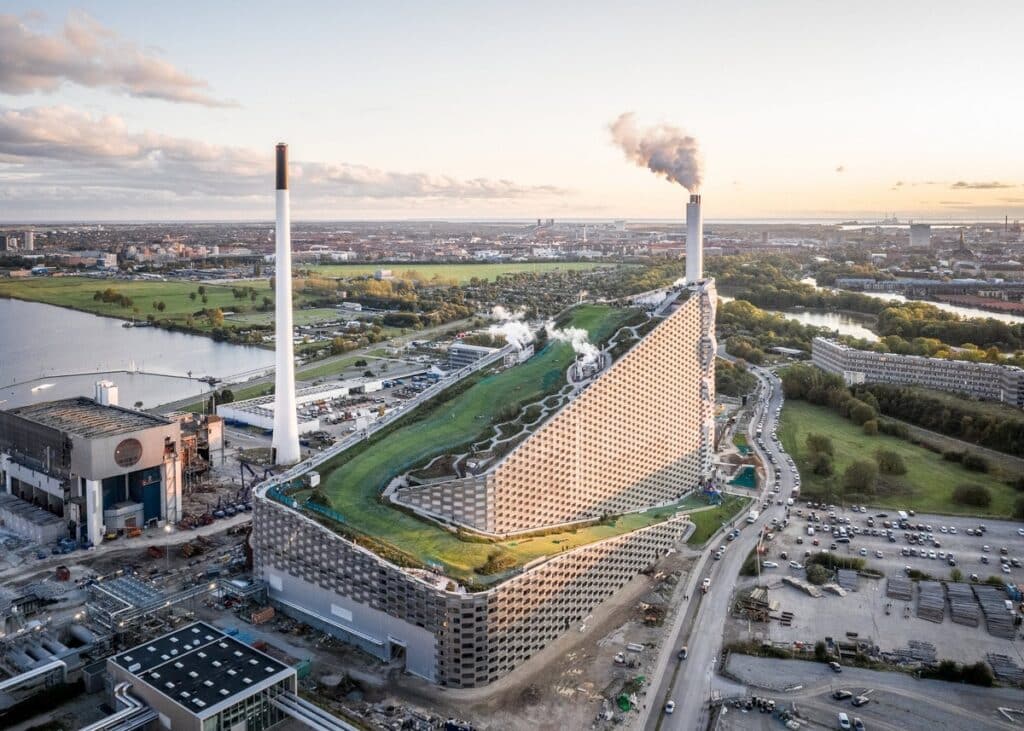
If you want to do something more adventurous instead of visiting another historical sight, then this is the attraction for you. You can rent a ski or snowboard and go down CopenHill mountain.
It offers something for beginners and pros as the piste is split into different zones for different levels. End your day with a hot drink or something stronger at the ski café, which turns into an after-ski bar in a genuine ‘Anton aus Tirol’ style over weekends.
The Funen Village (Den Fynske Landsby)
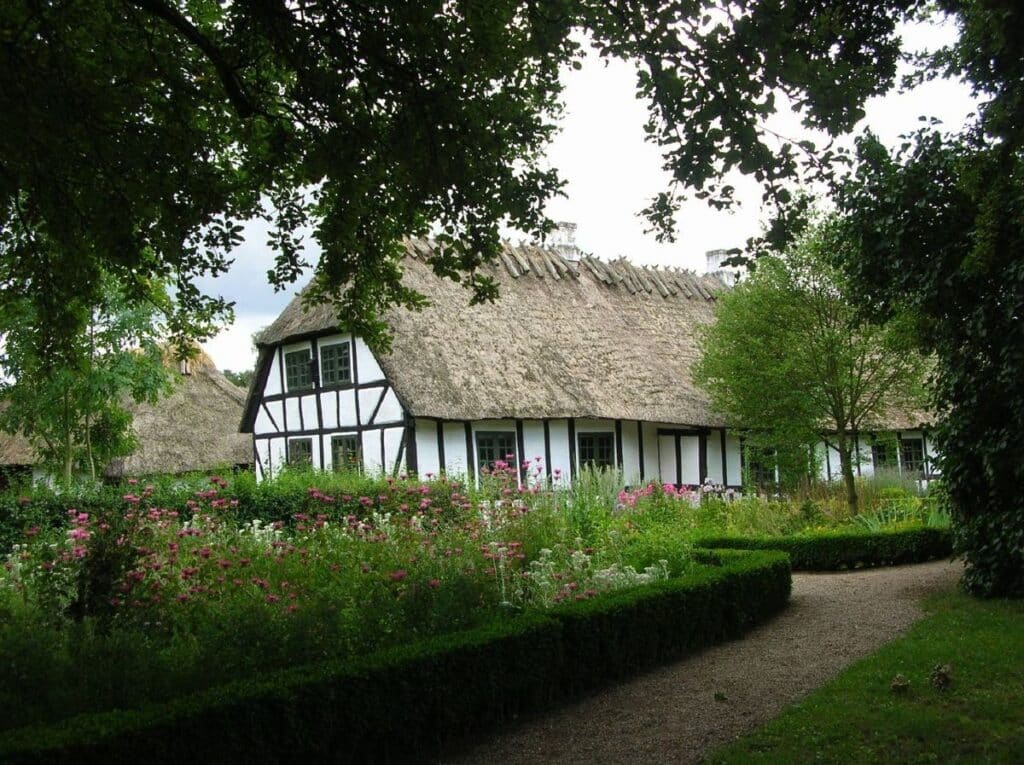
In Funen Village, visitors can experience 19th-century Denmark as an open-air museum.
There are half-timbered farmhouses with thatched roofs in the museum that use original materials and methods to tell the story of the past.
A living history interpreter walks through the village and explains every aspect of life to visitors, and explores the farms, homes, and workshops. In the Children’s Village, youngsters are encouraged to interact with the animals, including cows, goats, sheep, pigs, and working horses.
Visitors can also see cooking demonstrations and household activities like spinning wool into yarn and making clothing.
Smørrebrød
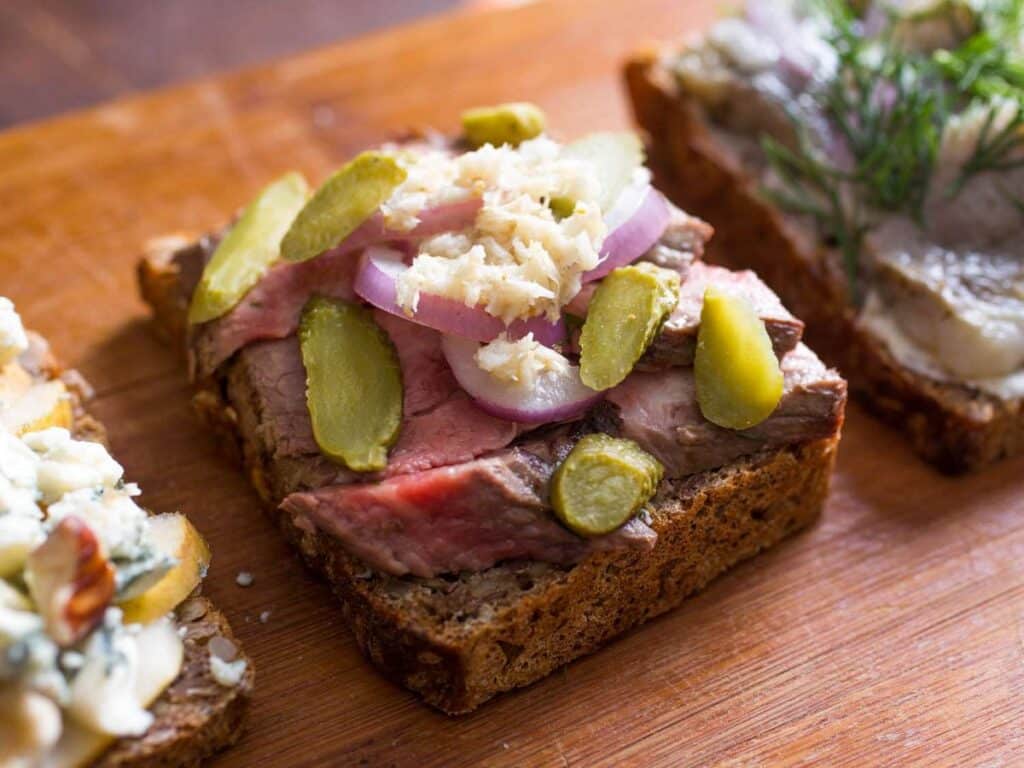
A Danish specialty is their open-faced sandwiches. The most common smørrebrød is a sandwich made from buttered rye bread topped with a variety of meats, cheeses, and garnishes.
Since the 19th century, these little rye bread treats have gained popularity, but in recent years they have undergone a facelift and are now hipper than ever.
The Danish hot dog

The Danish hot dog stand has been around since 1920, and it’s become somewhat of a cultural institution. In the decades following the Second World War, hotdogs in Denmark really started skyrocketing in popularity. At that time, every town in the country had its own hotdog vendor.
In 1950 there were 400 hotdog stands in Copenhagen alone. This number dropped to around 60 around 2010 as they faced increasing competition from other fast-food chains.
However, despite this, every Dane still treasures their local hotdog van and most likely also has a very strong opinion about what the perfect hotdog looks like.
Danish pastries
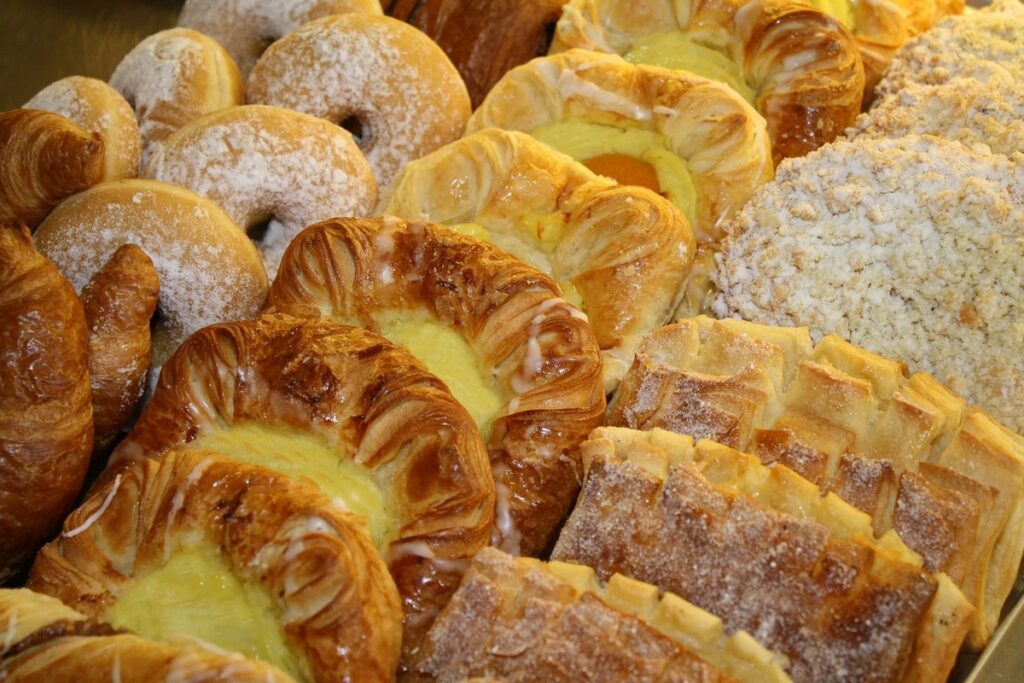
Danish pastries are not actually Danish… back in the 1840s, these sweet, sticky pastries were actually made by Austrian bakers. Today they are still called Vienna Bread (wienerbrød).
Today they are the favorite treats of many Danes. It’s easy to find a bakery selling a freshly baked pastry. Try ordering a Cinnamon Snail or even a Rum Snail pastry to taste some of the most popular pastries.
